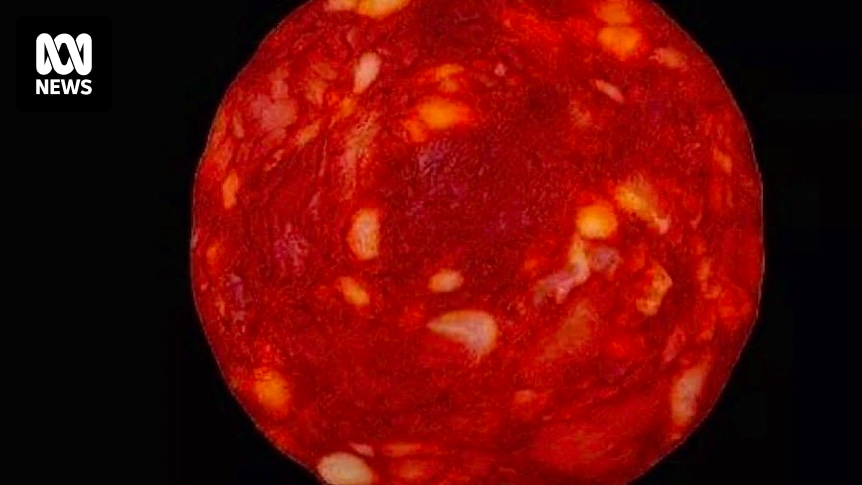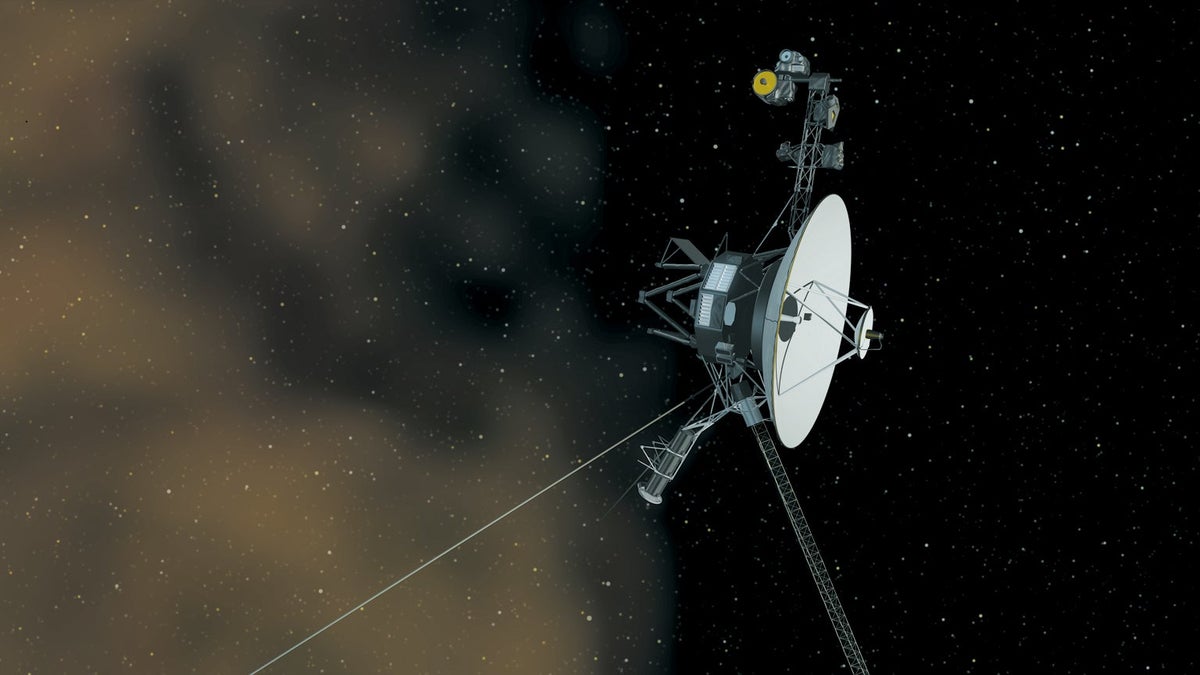And this is why I fully expect it to make its own discoveries. And I understand the disappointment in JWST rehashing what has already been shown instead of bringing something shiny new to the table. But to this, i say it showcases that it confirms what Hubble saw and shows that its images are just as clear before going forward to see what has not been before.Just adding to your excellent responses.
JWST took 12.5 hours to take the deep field image. https://www.nasa.gov/image-feature/goddard/2022/nasa-s-webb-delivers-deepest-infrared-image-of-universe-yet
Also, note that JWST was not focused at 13.1 billion light years, but 4.6 billion light years. They were duplicating an image Hubble had taken ( conjecture: because it showcases the abilities of JWST.)
The main issue with Hubble is that it orbits the Earth, where JWST orbits the sun. Earth orbit means Hubble didn't have a long exposure time on a specific area of the universe during any particular session, so multiple sessions were required. On the other hand, JWST has a continuous view that could last for days, but it is orbiting the sun rather than Earth (and it is orbiting arouind the LaGrange point) so a particular view might need also to take years to get. But it can do a ton of other stuff in the mean time.
:: edit: there was a mess in the second last sentence... I was distracted by what turned out to be a shiny nut.
Webb Space Telescope Takes Flight
- Thread starter Sky Captain
- Start date
Heres some other pictures webb took of jupiter you might want to check out.
Radegast74
Space Marshal
wait, wut? Every time I think people can't get stupider...

 www.abc.net.au
www.abc.net.au
French scientist owns up after star photo revealed to be spicy sausage
A director at France's Atomic Energy Commission apologises after his "distant star" tweet turns out to be a slice of chorizo.
Dirtbag_Leader
Space Marshal
Lol, yeah at a glance on a phone screen it looks decent, but a good res view on a computer monitor and the edges really give the game away!
Webb finds CO2 in an exoplanet atmosphere: https://www.nasa.gov/feature/goddard/2022/nasa-s-webb-detects-carbon-dioxide-in-exoplanet-atmosphere
Webb images an exoplanet 6x to 12x the size of Jupiter: https://www.cnn.com/2022/09/01/world/webb-telescope-exoplanet-image-scn/index.html
Shadow Reaper
Space Marshal
Shocking. Stunning. The whole world of astrophysics is afire.
I recall the final exam in first year physics in high school asked the student to solve for the critical mass of the universe that would determine whether it would eventually slow enough to collapse again into a "big crunch" or continue to expand forever. The question was whether the universe's constituent parts had "escape velocity" or if gravity would slow its expansion enough that eventually it would reverse direction and collapse due to its own gravity. Yes, this is simple first year physics kids can do.
In 1993, what we found is this scenario is completely in error. The universe is not slowing in its expansion, but rather; some force is pushing its parts apart ever faster in defiance of gravity. Physicists immediately called this "dark energy" (not "dark matter, that's something different) and set the problem aside, postulating some anti-gravity type force we're not familiar with. Still, we knew then what we thought was wrong. Turns out it is more wrong than we could have imagined.
Enter JWST. Looks like EVERYTHING we have thought about the universe is completely wrong. Great time to become an astrophysicist, as they're not all so damn cocky now.
View: https://youtu.be/vAxgaTvYA7Y
I recall the final exam in first year physics in high school asked the student to solve for the critical mass of the universe that would determine whether it would eventually slow enough to collapse again into a "big crunch" or continue to expand forever. The question was whether the universe's constituent parts had "escape velocity" or if gravity would slow its expansion enough that eventually it would reverse direction and collapse due to its own gravity. Yes, this is simple first year physics kids can do.
In 1993, what we found is this scenario is completely in error. The universe is not slowing in its expansion, but rather; some force is pushing its parts apart ever faster in defiance of gravity. Physicists immediately called this "dark energy" (not "dark matter, that's something different) and set the problem aside, postulating some anti-gravity type force we're not familiar with. Still, we knew then what we thought was wrong. Turns out it is more wrong than we could have imagined.
Enter JWST. Looks like EVERYTHING we have thought about the universe is completely wrong. Great time to become an astrophysicist, as they're not all so damn cocky now.
It's exactly stuff like this i point out to people when they think past conclusions are infallible. Absolutely wonderful time to be alive!Shocking. Stunning. The whole world of astrophysics is afire.
I recall the final exam in first year physics in high school asked the student to solve for the critical mass of the universe that would determine whether it would eventually slow enough to collapse again into a "big crunch" or continue to expand forever. The question was whether the universe's constituent parts had "escape velocity" or if gravity would slow its expansion enough that eventually it would reverse direction and collapse due to its own gravity. Yes, this is simple first year physics kids can do.
In 1993, what we found is this scenario is completely in error. The universe is not slowing in its expansion, but rather; some force is pushing its parts apart ever faster in defiance of gravity. Physicists immediately called this "dark energy" (not "dark matter, that's something different) and set the problem aside, postulating some anti-gravity type force we're not familiar with. Still, we knew then what we thought was wrong. Turns out it is more wrong than we could have imagined.
Enter JWST. Looks like EVERYTHING we have thought about the universe is completely wrong. Great time to become an astrophysicist, as they're not all so damn cocky now.
View: https://youtu.be/vAxgaTvYA7Y
Radegast74
Space Marshal
Great side-by-side picture comparison of Neptune, as taken from a) Voyager 2, b) Hubble, and c) the Webb Telescope:
https://flic.kr/p/2nN2PYx View: https://www.flickr.com/photos/nasawebbtelescope/52373099987/
https://flic.kr/p/2nN2PYx View: https://www.flickr.com/photos/nasawebbtelescope/52373099987/
It's amazing what becomes visible in the infrared part of the spectrum. They've known about some sort of rings since 84, but only had glimpses of them until Voyager 2 in '89. 6 rings total, and they are changing rapidly. Something else interesting is in the James Web image, if you look at the poles and equator. Those are storms, but look how bright in infrared the area adjacent to it's north pole is. Fantastic image.Great side-by-side picture comparison of Neptune, as taken from a) Voyager 2, b) Hubble, and c) the Webb Telescope:
NASA images of a spiral galaxy at this link show how the Webb telescope differentiates itself from the Hubble telescope:
ESAWEBB site link: https://esawebb.org/images/comparisons/potm2209a/


ESAWEBB site link: https://esawebb.org/images/comparisons/potm2209a/
Last edited:
I read the science story's, lots of astronomy stuff. Not much from the JWST except better images of things we have already seen.
I would like your thoughts on why;
Is it working?
Has it confused them with its findings?
Why the lack of new science from the JWST as promised/hoped?
Do I need to spell it out??

I would like your thoughts on why;
Is it working?
Has it confused them with its findings?
Why the lack of new science from the JWST as promised/hoped?
Do I need to spell it out??
Having the tools to be able to search for answers was only the beginning of the journey of discovering them. It's still going to take time, but here is an article with some of the discoveries it hopes to make by the end of the decade:I read the science story's, lots of astronomy stuff. Not much from the JWST except better images of things we have already seen.
I would like your thoughts on why;
Is it working?
Has it confused them with its findings?
Why the lack of new science from the JWST as promised/hoped?
Do I need to spell it out??
View attachment 23611

James Webb Telescope: 5 Greatest Discoveries It Will Make By 2030
This video covers the James Webb space telescope and 5 types of discoveries it could make by 2030.
 www.futurebusinesstech.com
www.futurebusinesstech.com
You don't need the aluminum foil hat, it won't protect you from infra-red. The problem with the hat is that it doesn't reflect heat very well, so you'll just sweat more and that heat can build up and get really annoying.I read the science story's, lots of astronomy stuff. Not much from the JWST except better images of things we have already seen.
I would like your thoughts on why;
Is it working?
Has it confused them with its findings?
Why the lack of new science from the JWST as promised/hoped?
Do I need to spell it out??
I think you might need to pick better sources if you're truly interested in the science. Don't if you're not. A starting place you can try is an astrophysicist named Dr. Becky Smethurst from the UK, who has a channel on YouTube:
She's not always talking about JWST, but you can learn a lot about it in snippets that are relevant to her updates. It's a great starting point.
Naff, that link is a vague sales pitch to get our taxes. I expected something big by now. The LIGO for instance was not a disappointment.Having the tools to be able to search for answers was only the beginning of the journey of discovering them. It's still going to take time, but here is an article with some of the discoveries it hopes to make by the end of the decade:

James Webb Telescope: 5 Greatest Discoveries It Will Make By 2030
This video covers the James Webb space telescope and 5 types of discoveries it could make by 2030.www.futurebusinesstech.com
VARIK -- I will have a look at Dr Becky thanks
There was the calibrations phase then the committee voting on what to look at. Then the year an astronomers teams get exclusive access to the images to make first discoveries or release at their own time. It also takes a long time to look at one spot to get an image and often it's lots of spots then patched together and colored before it's publication is made.
So after the process of calibration the telescope and while it is still neat the pics it can take the purpose is to make sure what they are seeing matches with known values. Then they will start to look for new things. The other issue is the committee is self has lots of people wanting time to look at their pet projects and funding goals and so everyone is pushing and thus known safe areas are often pushed first which don't yield well to the big breakthroughs. In fact the deep field Pic that made hubble stand out wouldn't have happened if not for the director who had enough sway and time allocation.

 www.nationalgeographic.com
www.nationalgeographic.com
So it takes months to make a Pic and months of analyzing those pics for discovieres and then months to write and release publications so you end up with a year lag and if we are lucky quarterly releases of a image.
So after the process of calibration the telescope and while it is still neat the pics it can take the purpose is to make sure what they are seeing matches with known values. Then they will start to look for new things. The other issue is the committee is self has lots of people wanting time to look at their pet projects and funding goals and so everyone is pushing and thus known safe areas are often pushed first which don't yield well to the big breakthroughs. In fact the deep field Pic that made hubble stand out wouldn't have happened if not for the director who had enough sway and time allocation.

When Hubble Stared at Nothing for 100 Hours
In 1995, astronomer Bob Williams wanted to point the Hubble Space Telescope at a patch of sky filled with absolutely nothing remarkable. For 100 hours. It was a terrible idea, his colleagues told him, and a waste of valuable telescope time. People would kill for that amount of time with the...
So it takes months to make a Pic and months of analyzing those pics for discovieres and then months to write and release publications so you end up with a year lag and if we are lucky quarterly releases of a image.
Last edited:
Dirtbag_Leader
Space Marshal
Voyager was/is just a spectacular program that IMO never gets it's proper due. Not to detract from JWST at all, just wanted to take the opportunity to toot the Voyager horn a bit!Great side-by-side picture comparison of Neptune, as taken from a) Voyager 2

Record-Breaking Voyager Spacecraft Begin to Power Down
The pioneering probes are still running after nearly 45 years in space, but they will soon lose some of their instruments
I'll wait a bit longer then, the message seems to be;-
"soon"
"soon"



 JWST has potentially smashed records, spotting a galaxy which existed when the universe was a mere 300 million years old! The light from GLASS-z13 took 13.4 billion years to hit us, but the distance between us is now 33 billion light years due to the expansion of the universe! https://t.co/5AcOBwHuO1" / Twitter
JWST has potentially smashed records, spotting a galaxy which existed when the universe was a mere 300 million years old! The light from GLASS-z13 took 13.4 billion years to hit us, but the distance between us is now 33 billion light years due to the expansion of the universe! https://t.co/5AcOBwHuO1" / Twitter